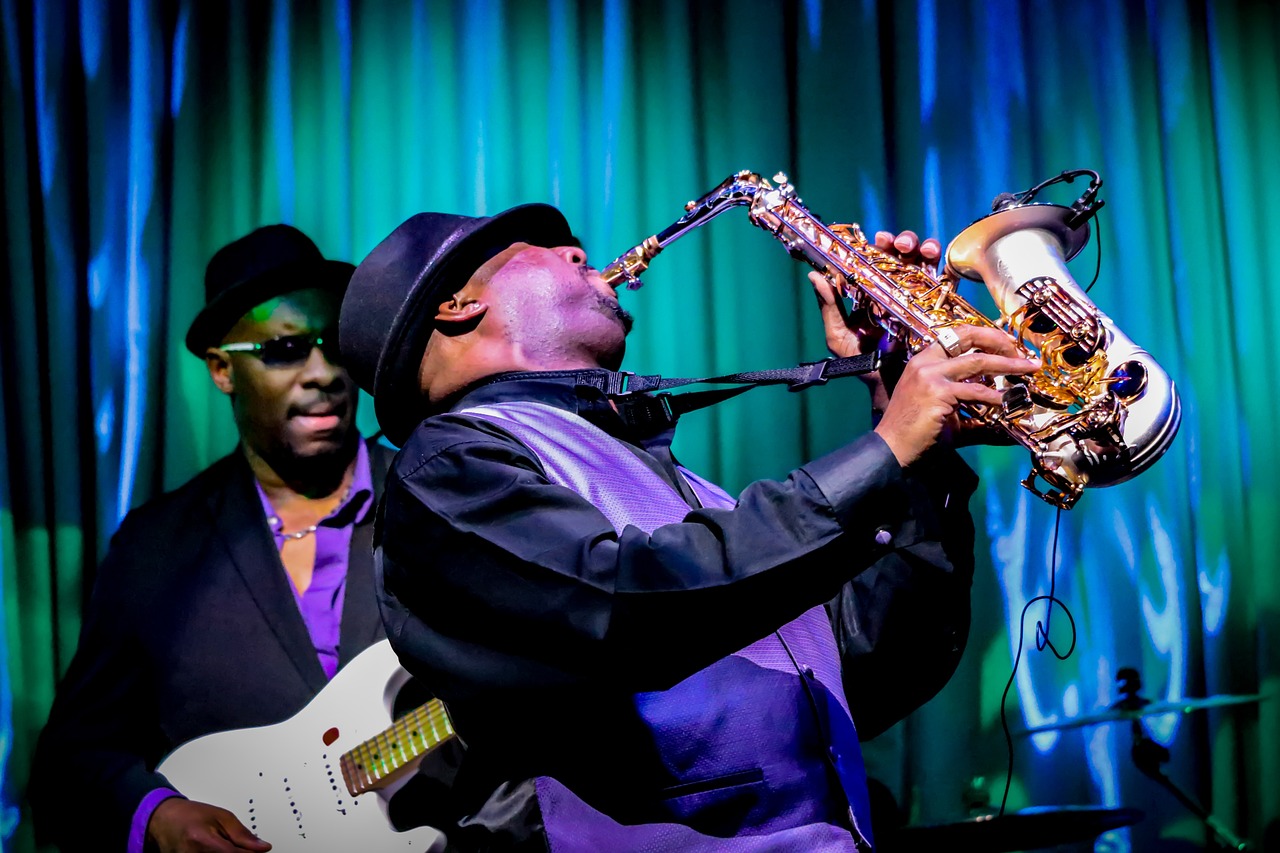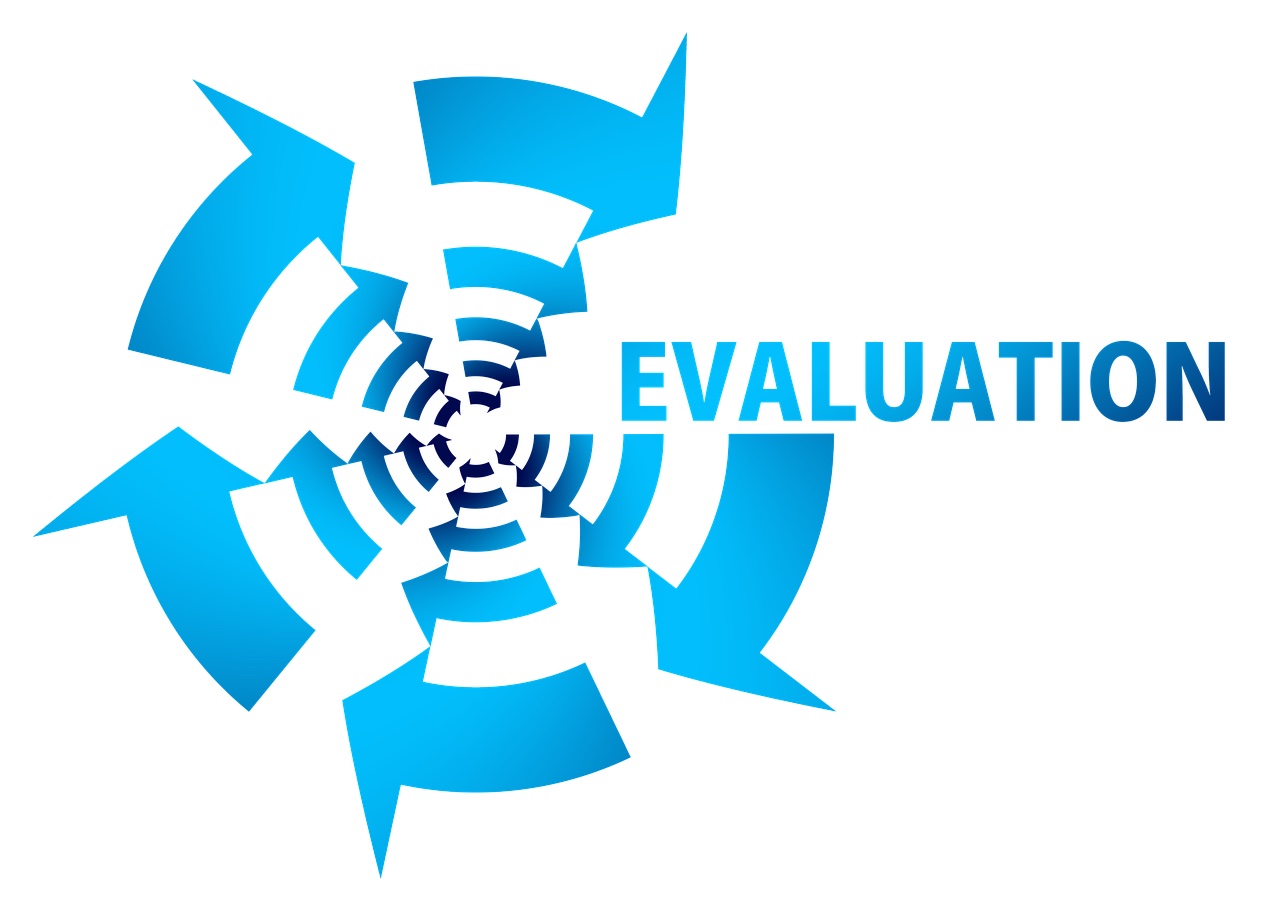
Have you ever worked in a typical business office setting (like the world of Dilbert(1)!)? Typically, you will see young professionals, some working but others wasting time. They make time to text, check out the internet, meet at the water cooler, or make sure to make time to go out to lunch together. If they forget something or make a mistake, perhaps an order gets delayed. No big deal…
Fortunately or unfortunately (depending on your perspective!), these experiences are foreign to radiology trainees and radiologists. We tend not to have much time for inconsequential social activities in our world. Most days, we spend reading films or performing procedures with real consequences. If we miss a pneumothorax, a patient can die. If we embolize the wrong artery, we can cause a stroke. So, we relegate ourselves to taking everything seriously. And rightfully so. But, all this takes a toll over time.
Have you ever heard the phrase: all work and no play makes Jack a dull boy? (According to Wikipedia(2), it comes from 1659!) Well, this phrase applies just as much to the radiology resident. In fact, with all this talk of burnout, each resident should follow this ancient bit of wisdom. Every person (even radiology residents!) needs some time to play. So, all this banter brings me to today’s blog topic: why vacation should be mandatory for every radiology resident.
Gaining New Perspectives
Often, residents get so caught up in worrying about studying, reading, and taking tests that they forget to appreciate the other important facets of life. Sometimes, you need to step back from the daily grind and spend time with friends/family, by yourself, or accomplish something different. Whether you take a trip to an exotic locale or stay in the comfort of your own home and get some more sleep, a vacation gives you that extra time to accomplish different activities from the usual. What better way to gain a more positive perspective on your work and life?
Improving Concentration And Energy
I don’t know about you. But, after a week or two off, when I return to work, I usually return with renewed vigor. It’s a wonder what an extra little bit of sleep or change of pace can do. And I am not the only one who says so. Study after study (2) has shown that vacation improves productivity when you return. So, don’t feel guilty you are not learning enough. Take that vacation and enjoy!
Remembering What’s Most Important
Yes, the radiology work and studying we do is critical. However, as the old bit of wisdom goes, what do people remember the most at the end of life? It’s not that they wished they could spend an extra day completing an assignment at work. Instead, it tends to be the time that you spent away with your loved ones or friends or the good times you had on vacation. So, don’t fret and take that little extra time off!
Incorporating Different Ideas To Improve Residency Experience
Finally, when you vacation, you see new places, complete projects, or think about life differently. The best ideas often come when you are not at your primary work home. (For me, that’s at 2 AM when I write these articles!) Maybe, you scuba dived in Bora Bora, completed an archeological dig, took the time to finish that extra gardening, or spent more time perusing in bed. Often, you can incorporate these “extraneous” activities into improving the residency experience for yourself when you return.
Vacation And The Radiology Resident
Vacation is not a luxury. Instead, residents especially need to consider vacation as a requirement to recharge and unwind. So, fly far away or stay home. It doesn’t matter. Just take that vacation, and your work life will improve when you return. Let others worry about work when you are on away!
(1) www.dilbert.com
(2) https://en.wikipedia.org/wiki/All_work_and_no_play_makes_Jack_a_dull_boy













